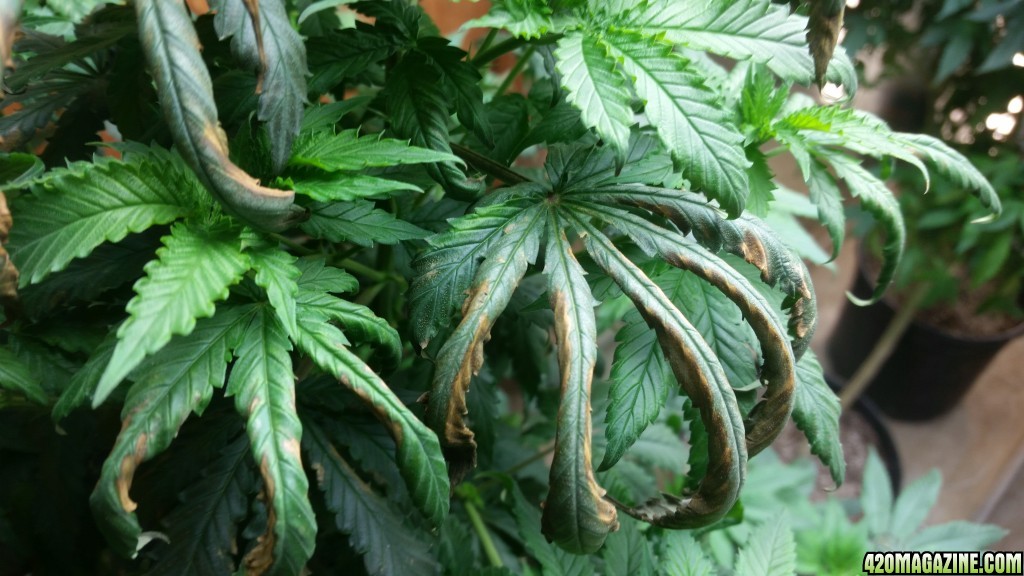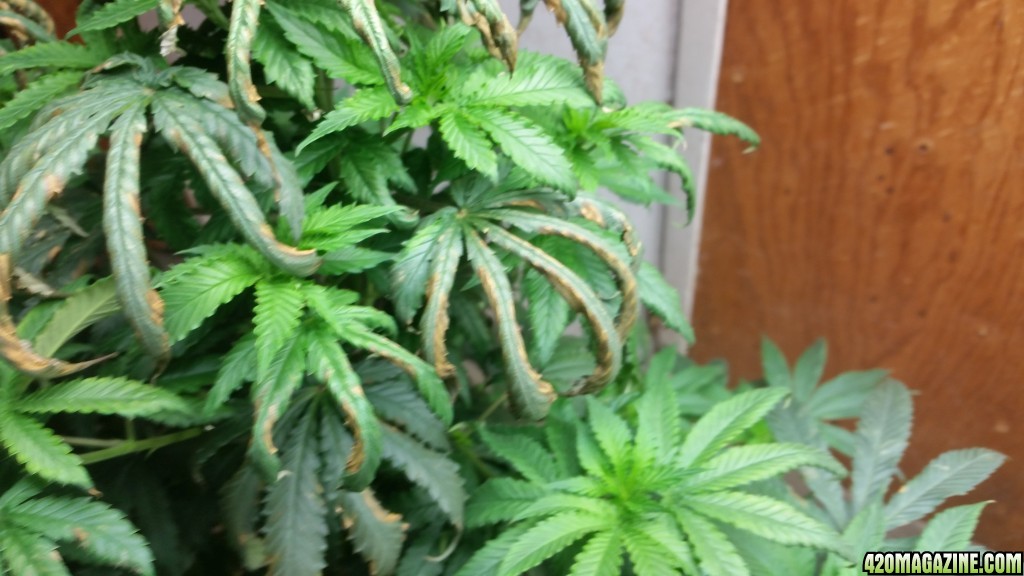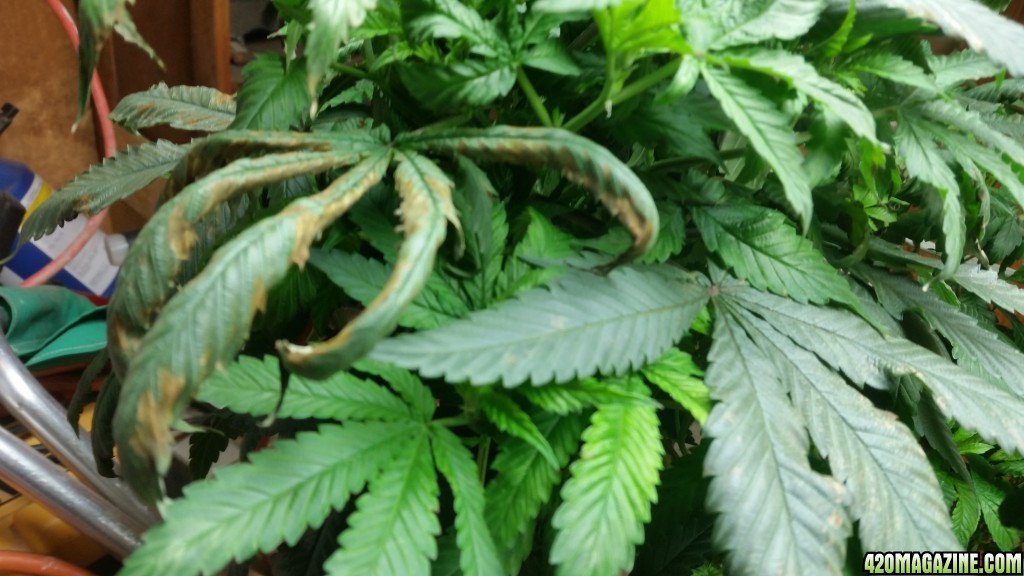Just calibrated mine the other day. In my case, it's a simple screw I turn with a small (provided) screwdriver while the probe sits in the calibration fluid.
Easy.
Easy.
How To Use Progressive Web App aka PWA On 420 Magazine Forum
Note: This feature may not be available in some browsers.
So why is a pen you need to clean and calibrate better than a strip or a tubed soil test......the whole calibration thing seems like a real pain in the ass.....what if you get it wrong?

 as I'm still learning, and probably still be learning until I die.
as I'm still learning, and probably still be learning until I die.I only seem to get about 2-years out of a meter. Is there a good one for under $30?
So why is a pen you need to clean and calibrate better than a strip or a tubed soil test......the whole calibration thing seems like a real pain in the ass.....what if you get it wrong?
No I really don't think so. But if you're getting 2 years out of a cheap one then you're doing great.
Hey PGR I talked to you once about probe storage solution. I have a Bluelab combo meter. Most of the storage solutions seem to be KCl. Was thinking about making my own but haven't gotten around to it.
It seemed to me that when I just leave the probe in the barrel of rainwater I use for the plants- it lasts just as well as it does in storage solution- and the ph doesn't need calibrating as often. It's recommended to change the probes after a year anyway. I have a spare - but it's been a couple years and the first probe is working fine still.
You sounded like you have a bit of knowledge on the subject - and said that this storage stuff, which can be expensive, isn't necessary and 'brackish water' would work just as well. Can you elaborate a bit on that maybe? I'm curious about what's behind that statement.
Generally- what solutions would be good for a probe and what would be bad - and Why....and what you meant by 'brackish water'. Thanks!



Thanks mate. Reps for that info. Sounds like rainwater is a bad thing to store it in- which I guess I knew already. I have some KCL solution.
Bluelab recommends using their storage solution - which when I finally managed to locate some in the country, was almost $100 before tax and shipping, for 100ml (!!!!!).
Some people/some meters seem to get away with being stored dry. Some of the Oakton pens apparently say they should be rinsed then stored dry. How? I never have even able to store pens dry without them going crazy - but some people do. It's something that seems to cause extra confusion among the already confused users of cheap ph meters. Different sorts of probes? Luck?

 ) How to get KCl I don't know...
) How to get KCl I don't know...
My exact sentiments Tead !!Tead bought the $20 variety. It doesn't drift much. Use it, rinse it, store it damp with the cap on. I think it's closer to 2yrs old than 1yr old. When it dies, I'll drop another $20.



Bluelab didn't push it at all- was just a little note somewhere in the manual. And I emailed them they said I could actually use any brand of storage solution.
22kg of it in the bottle sounds like a lot- don't know if that's a typo. Anyway- my impression from testing the ppm of the kcl solution - is that it's just a fully saturated solution.
Thanks again
 22 kg is like a medium sized dog
22 kg is like a medium sized dog 
Yup! You've really got to measure the ph to tell what you're getting. Mix in the fertilizer first to tell where it leaves the ph, then adjust as necessary. If you adjust the ph first then add the fertilizer, you'll end up having to adjust the ph yet again to get it right, taking more time and wasting your ph adjuster in the process.
